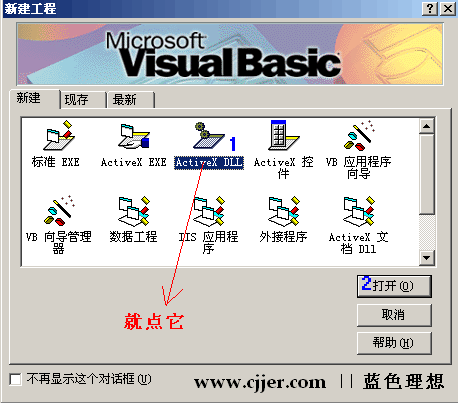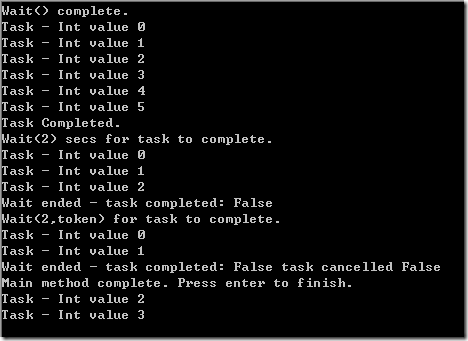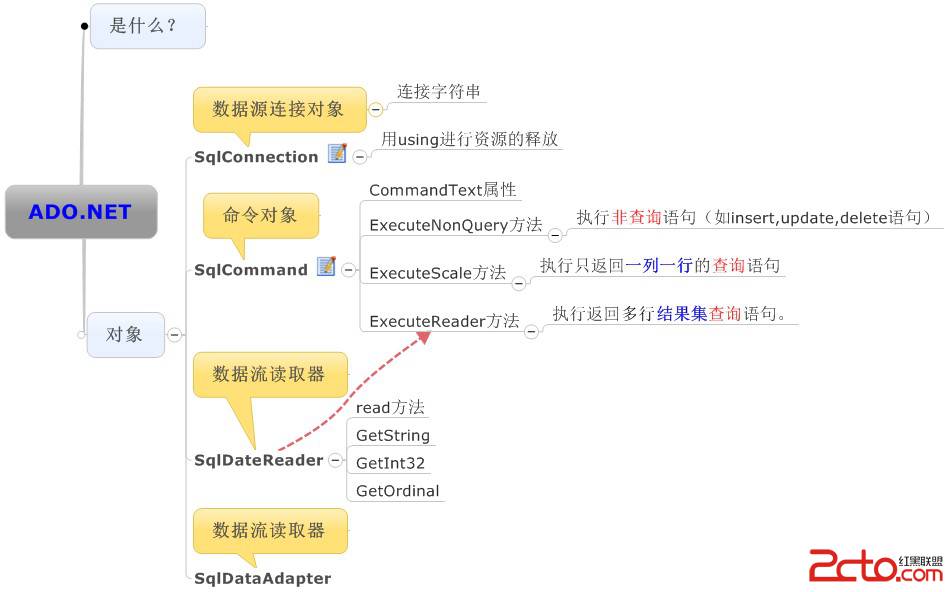当前位置:编程学习 > asp >>
答案:Protecting Your DHTML Using ASP
by Jean - Luc David
CATEGORIES: Site Design, Scripting
ARTICLE TYPE: Tutorial Reader Comments
ABSTRACT
Article Rating
Useful
Innovative
Informative
100 responses
Dynamic HTML allows developers an opportunity to create powerful client web applications that are cross-browser compliant, interactive and portable. Unfortunately, when you publish to the web your javascript code is insecure. Your hard work can be viewed, downloaded and copied. This article will describe an experimental innovative method of securing your DHTML code using server authentication and "data streams". The method in question will prevent the end user from directly accessing the source code.
Article Discussion Rate this article Related Links Index Entries
ARTICLE
Abstract:
Dynamic HTML allows developers an opportunity to create powerful client web applications that are cross-browser compliant, interactive and portable. Unfortunately, when you publish to the web your javascript code is insecure. Your hard work can be viewed, downloaded and copied. If you are developing e-commerce applications, your business rules and practices may be exposed to prying eyes.
Traditional means of protecting javascript usually involve scrambling or obfuscating the code. These methods are highly ineffectual against any determined code-hacker.
This article will describe an experimental innovative method of securing your DHTML code using server authentication and "data streams". The method in question will prevent the end user from directly accessing the source code.
Introduction:
DHTML is fast becoming the de facto tool for creating powerful, cross-browser applications on the web. Microsoft has rallied behind the development of the DOM (Document Object Model) and Netscape has pushed forward with its support for the language with the release of the Netscape 6 browser. The power of DHTML is based in part by its ability to programmatically control any fourth generation browser without the need for additional plugins or executables.
As we all know, the web is fundamentally an insecure medium. All client based development code (HTML, javascript Source Files and Style Sheets) typically downloads into the user's cache when they access your web applications or web pages. The end user can simply click on "View Source" to view, 易做图yze or copy your code. This is a basic limitation that we have all have to live with. Or do we?
I strongly feel that web developers should be given the choice whether or not to share their client based code. As your web applications become more powerful and versatile, so does the need to protect your intellectual property. Especially if your application is business oriented or you've spent months working on a unique or groundbreaking DHTML application.
Traditional protection techniques:
MSDN has published an excerpt of Wrox's Instant javascript book on their site that outlines a few options for protecting your javascript.
http://msdn.microsoft.com/library/partbook/instantj/privacyforscriptwriters.htm
The principal client javascript code protection schemes can be divided into the following categories:
a) The Microsoft Approach: Microsoft has tackled the challenge of protecting client source code with the release of the Microsoft Windows Script Engine Version 5.0. The source code is encoded (not encrypted) and filtered through an ActiveX layer.
http://msdn.microsoft.com/library/periodic/period99/scriptengine.htm
The disadvantage of this approach is that the encoding can only be deciphered with Microsoft's Internet Explorer 5.0+. They readily admit that the encoding process is not entirely foolproof. If you are using any other browser (including earlier releases of Internet Explorer), you will not be able to access the script through the browser.
b) Code Obfuscation: Shareware programs such as Jammer and JMyth attempt to dissuade the user from stealing javascript code by 易做图 the source code illegible and scrambling the variable names. The problem with these techniques is that any determined programmer could easily circumvent this protection by using global search and replace tools. It's simply a matter of changing the cryptic variable names into something more coherent.
http://rzr.online.fr/jammer.htm
c) Encryption: javascript can be encrypted with an impressive array of powerful encryption schemes. The fundamental problem with encrypting client side javascript is that the decryptor script is usually accessible and can be reverse engineered. This method will definitely not dissuade any serious programmer from uncovering your source code. Java can be used as an intermediary to the javascript encryption and decryption process. However, the applet will add unnecessary weight to the page and may not run properly depending on what version of the Java Virtual Machine the browser is using. Besides, DHTML is meant to be a quick, light, versatile and portable.
A new approach:
While experimenting with WML (Wireless Markup Language), I came upon a new way of protecting client source code. When you create an ASP driven WML page, the server-based code will look something like this:
<% Response.ContentType = "text/vnd.wap.wml" %>
<?xml version="1.0" encoding="iso-8859-1"?>
<!DOCTYPE wml PUBLIC "-//WAPFORUM//DTD WML 1.1//EN" "http://www.wapforum.org/DTD/wml_1.1.xml">
<wml>
etc.
Notice that we are initially sending a WML header to fool the wireless browser into thinking that the ASP page is actually a WML page. I opted to try out this technique using javascript Source files ( .JS ).
Netscape introduced the addition of javascript Source files with the release of javascript 1.2. Most browsers that support this version of javascript should support the javascript Source Files. (Internet Explorer 3.0+, Netscape 3.0+ and Opera 5.0).
Dynamic HTML (DHTML) is comprised of a mixture of javascript and Cascading Style Sheets. The style sheet gives the developer the freedom to precisely position anything in the browser window whereas the javascript code adds to the program the functionality necessary to control the browser itself. The javascript component is the crucial element in DHTML.
My technique requires three components: index.asp , js.asp and global.asa . The global.asa defines a session variable called " auth " which will be used to authenticate the origin of the document requesting the javascript Source file. I chose a session variable because of its ease of use.
global.asa
Sub Session_OnStart
Session("auth") = False
End Sub
I also experimented with the use the HTTP_REFERER system variable as an alternate means of authenticating the origin of the requesting document. I subsequently found out through my research that this variable can be spoofed via telnet and certain browsers will not correctly di
- 更多asp疑问解答:
- asp正则过滤重复字符串的代码
- 用asp过滤全部html但保留br类似的符号
- 会asp,但感觉asp要过点,想学php。但我一般做的都是小公司的站,用access数
- PHP的空间可以用ASP的源代码吗?
- 以前做asp程序,现在应该怎样发展?是学.net还是php
- 以前做asp程序,现在应该怎样发展?是学.net还是php
- 想做一个市级的人才网acess,sql数据库,语言asp,jsp,php分别用哪种好
- jsp,asp,php 区别
- 我想找一个有比较多漏洞的网站的源码,比如可以asp,php注入等都可以。供学习研究用。请提供下载地址。。
- 现在候找人做个网站,用ASP,还是PHP语言去做好
- asp,php ,jsp,.net 对于做网站前台的重要吗?
- asp和php的区别是什么?
- 我是新手SEO菜鸟 请问wp dw php asp cms myspl dede 这些软件应该如何区分呀?
- 网页制作相关的三种语言:ASP JSP PHP那个好点,简单点?
- 网页制作相关的三种语言:ASP JSP PHP那个好点,简单点?





